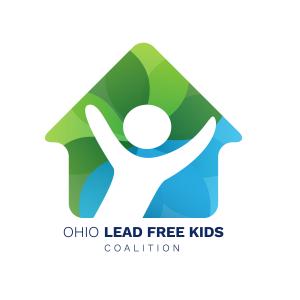Gabriella Celeste, co-founder and co-chair of the Ohio Lead-Free Kids Coalition and the Schubert Center for Child Studies Policy Director, recently provided written testimony to the Ohio Senate Health Committee on Substitute House Bill 33. The testimony addressed the critical issue of child lead poisoning prevention and child wellness. In addition, Celeste emphasized Ohio's urgent need for increased funding and support for lead abatement measures.
Highlighting the alarming statistics, Celeste pointed out that Ohio ranks second in the United States in the number of children with elevated blood lead levels, double the national average. Lead poisoning has severe and lifelong consequences, including irreversible brain and nervous system damage, lower IQ, learning and behavioral challenges, and increased hyperactivity. The Altarum Institute estimated that Ohio could save approximately $2.8 billion annually by investing in lead abatement and preventive measures to prevent child lead poisoning.
Celeste underscored the widespread exposure to lead across all counties in Ohio, with thousands of children under six affected. The primary source of lead exposure is Ohio's aging housing stock, mainly residential paint in homes built before 1978. Approximately 95% of elevated blood lead level cases are attributed to lead exposure in old housing. To address this urgent problem, Celeste called for the restoration of funding for lead abatement programs, including an additional $8.5 million over the biennium, to support local solutions, ensure safe work practices during renovations, repairs, and painting, and provide essential education and support to families affected by lead exposure.
The testimony highlighted the progress made by the Governor Lead Advisory Committee and the General Assembly in prioritizing child lead prevention. However, it emphasized the need to maintain momentum and protect children from lead by restoring funding for lead abatement programs. By doing so, Ohio can safeguard the well-being and future of its children and communities.


